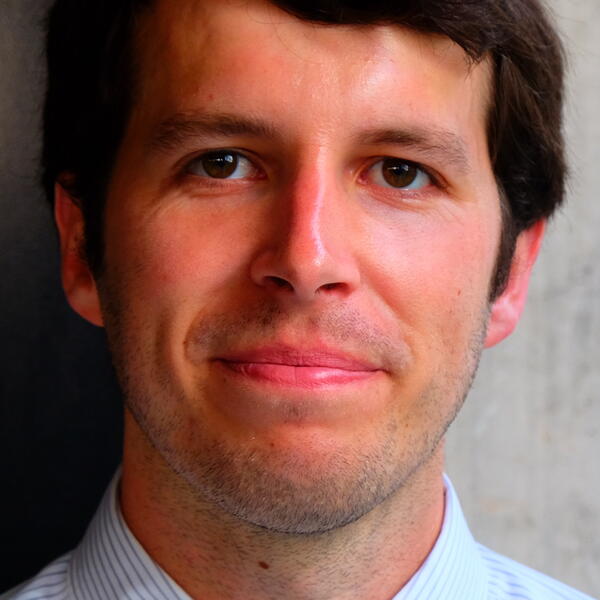
Research Story: Denis Martin
Denis Martin, an Assistant Professor of Music Technology and Digital Media at the Faculty of Music, University of Toronto, holds a significant position at the intersection of academic scholarship and practical application in the realm of music technology and audio engineering. His career is a kaleidoscope of experiences—where academic rigor meets professional practice, and solitary research pursuits intertwine with collaborative endeavors. As an educator, Martin is particularly distinguished by his student-centered approach, which is grounded in both research and practice, and by the compassion with which he engages his students.
Music technology, as Martin observes, is still a relatively nascent field within the broader academic landscape. This newness affords him the opportunity to contribute to the pioneering work in the field, leveraging the university’s state-of-the-art facilities to conduct research in music technology. Martin emphasizes the importance of maintaining close ties with professional practitioners in the field. The Faculty of Music, with its unique mix of performers, composers, audio engineers, and researchers, facilitates an ongoing dialogue between teaching and practice. He considers this interaction as crucial for fostering a dynamic and diverse environment—not just in the classroom, but in the music industry at large.
Martin’s current research focuses on developing tools for better visualization and perception of dynamic range compression, as well as automating certain processes within the audio production workflow. Collaboration remains a cornerstone of his work. He has a long-standing professional relationship with Professor Aiyun Huang, a percussion faculty member at the Faculty of Music. Together, they have produced academic outputs with productive interplay between their respective disciplines. In his teaching, Martin has been focusing on a graduate course in critical listening in audio production, titled “Technical Ear Training.” This course closely aligns with his research interests, and builds on his doctoral research at McGill University, where he had developed tools for teaching technical ear training.
The process of technical ear training, as Martin describes it, involves training one’s auditory perceptions to understand the parameters of processors used in audio production. It enables practitioners to anticipate the auditory effects of specific adjustments in the numeric parameters of processors. Martin acknowledges that the field of technical listening research is still evolving. He envisions a future where, through collaboration with software engineers, these training models could be centralized in a single software platform, streamlining the educational process and enhancing its efficiency. Martin views this course as foundational to a degree in audio technology and production, asserting that only through the development of enhanced auditory perception and a deeper understanding of audio processors can students gain the confidence needed to explore, and manipulate audio technology with intentionality.
In considering the future of audio production, Martin identifies the need for more intuitive user interfaces for processors. He suggests that incorporating gestural control, rather than relying solely on hardware control, could lead to significant innovation. Although such a shift would be challenging, as it requires moving away from established paradigms, Martin believes that advocating for parameters that align more closely with human perception of sound rather than technical details of equipment could greatly advance the field of music technology.


